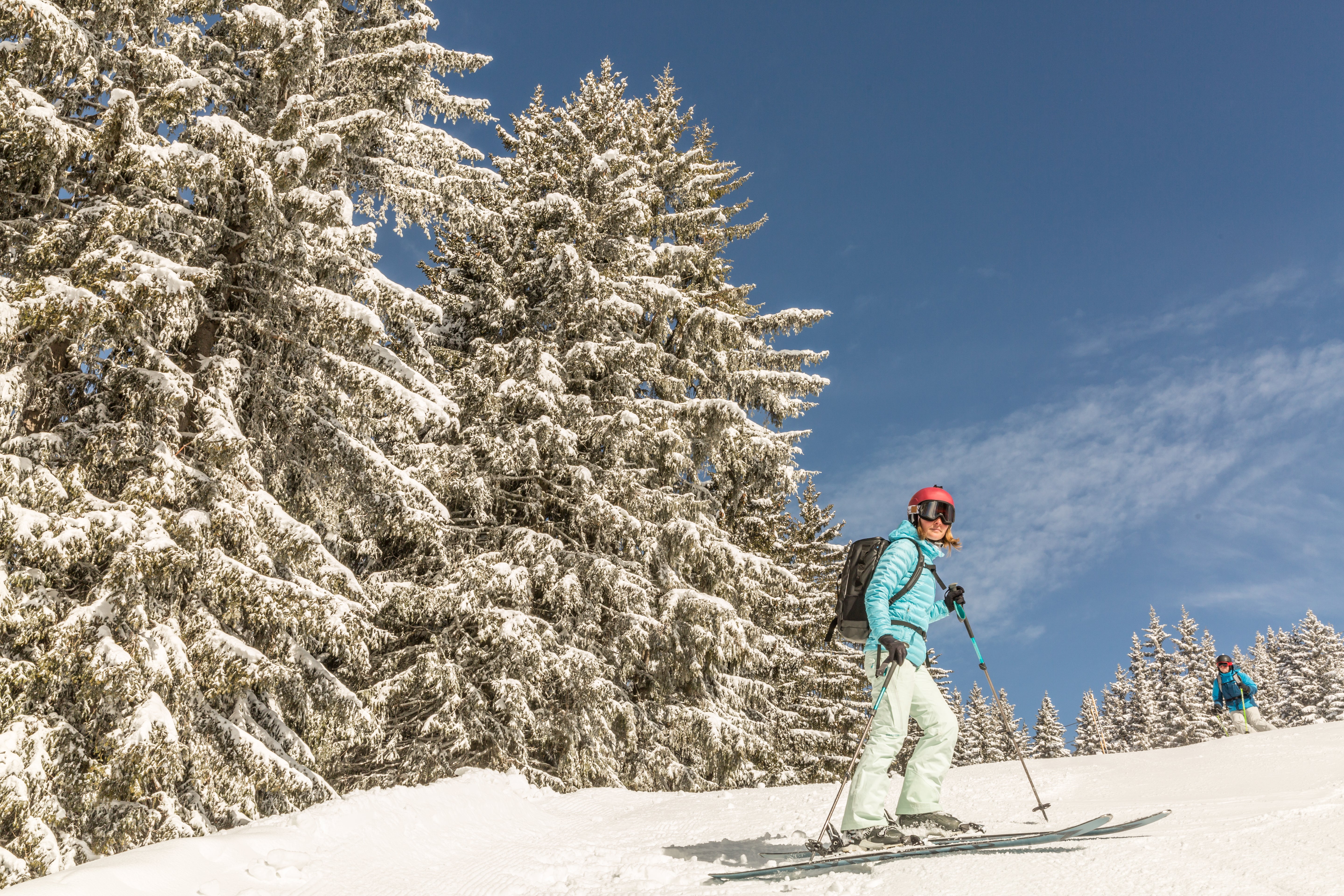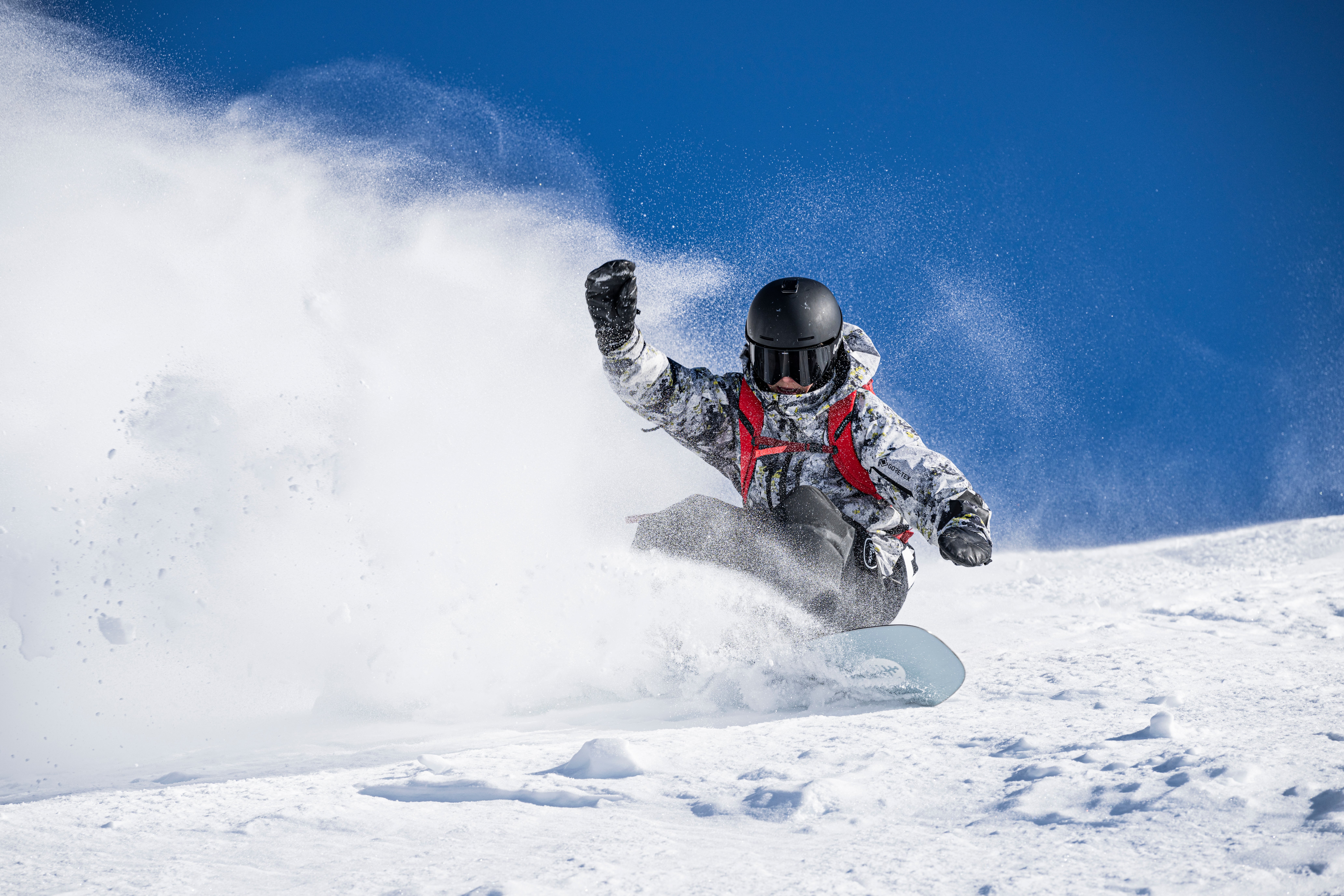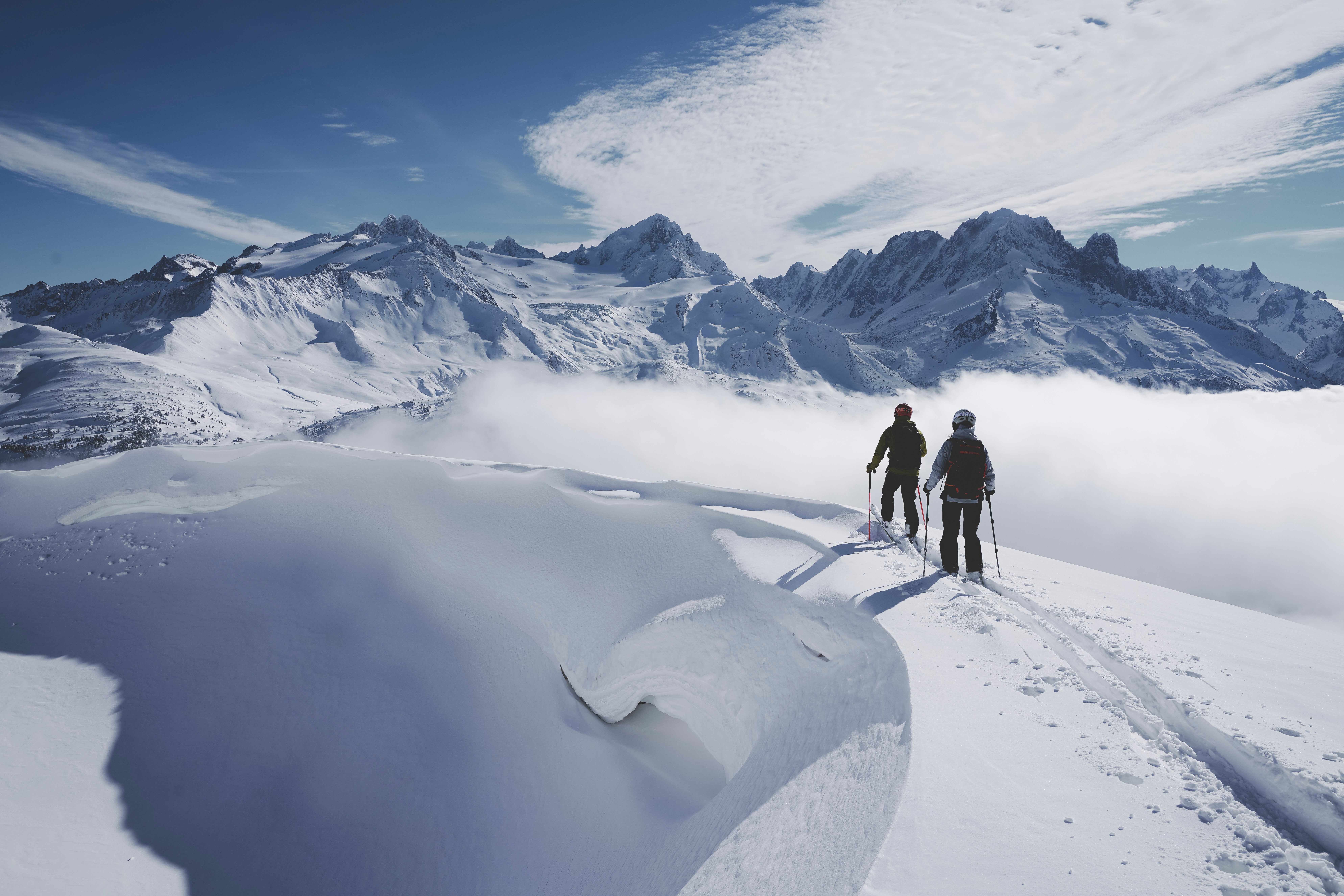
Few ski resorts are as evocative as Chamonix-Mont-Blanc. Set in the sawtooth-sided valley beneath the north face of Europe’s highest peak, the town has a strong claim to be the birthplace not just of mountaineering, but of mountain tourism full stop.
In 1741, two intrepid British travellers, William Windham and Richard Pococke, paid a visit to what was then just a few shepherds’ huts clustered around a Benedictine monastery. Their account of the marvels of “Chamouny” and its glaciers made the village a must-see for adventurous, aristocratic young Europeans undertaking what was known as “The Grand Tour”. Goethe passed through in the late 1770s. Lord Byron, Percy Bysshe Shelley, and his future wife Mary Wollstonecraft visited in 1816 (with Mary drawing inspiration for her putative novel, Frankenstein).
Dumas, Dickens, and Flaubert followed. Inspired by a reward offered by Swiss naturalist Horace Bénédict de Saussure in 1760, Jacques Balmat and Michel Paccard had made the first ascent of Mont Blanc in 1786, more or less inventing mountaineering in the process. But by the beginning of the 20th century, a newfangled sport imported from Norway was attracting nearly as many tourists to the valley in winter as in summer: skiing.
Today around 3 million people visit Chamonix every year. Despite the numbers, the valley still maintains something of the wild edge that drew in those early adventurers. Among serious skiers, “Cham” is known for its gnarly steeps, and it’s not uncommon to find yourself sitting on the cable car next to groups equipped with ropes, harnesses, and ice axes, as well as skis. For all its fearsome reputation, however, the resort still has plenty to offer intermediates and beginners across its four separate ski areas: Les Grands Montets, Brévent-Flégère, Domaine de Balme, and Les Houches.

Aside from its setting, Chamonix’s other huge draw is that it’s incredibly well-connected. It’s just over an hour’s drive away from Geneva airport, and easily reached by train, making it ideal if you’re looking for a long weekend skiing, rather than the traditional week-long holiday. This is a growing trend among time-strapped Brits, according to recent reports from both the Ski Club of Great Britain and the tour operator Crystal, which has seen a 10 per cent year-on-year increase in short break bookings since the pandemic. Head to Chamonix on a Thursday and you can be back to your desk by Monday morning having spent three days skiing world-class facilities, surrounded by unparalleled landscapes, and centuries of alpine history. Beats a couple of nights down the pub, doesn’t it?
Read more: The best ski resorts for late season snow
How to get to Chamonix
By train
If you’re one of the growing number of skiers looking to keep carbon emissions to a minimum and travel by train, Chamonix is a great place to go. If you’re not, a trip there may well make you think twice. One of the town’s most famous sights, the Mer de Glace glacier, provides a stark reminder of the devastating impact of man-made climate change. It’s retreated over 400m in the last 20 years alone. Catch a Eurostar from London to Paris, and after switching stations from the Gare de Nord to the Gare de Lyon (an easy taxi or metro ride) you can board a direct TGV that will whisk you at speeds of up to 300km/h to Saint-Gervais-Les-Bains’ Le Fayet station. From there, it’s a 20 minute train ride up to Chamonix station, a Wes Anderson-esque building that dates from 1909. Alternatively, you can take one of the new Eurostar Snow Trains (introduced last winter) and change at Lille, Lyon and Bellegarde-sur-Valserine.
SnowCarbon is a specialist site dedicated to providing info on ski holidays by train. The Man in Seat 61 is a fantastic resource for European train travel more generally. You can book tickets for international train travel on trainline.com.
By plane
If you prefer to fly, London to Geneva is one of the most heavily trafficked airline routes in Europe. EasyJet, Swiss, Jet2 and British Airways offer multiple routes from airports all over the UK. The quickest way from the airport to Chamonix itself is a shared transfer, which should take just over an hour. For transfers, try Mountain Drop-offs, Alpy Transfers, or Cham Van.

Where to stay
Because of its long history as a tourist destination, Chamonix is home to some of the oldest, grandest ski resort hotels you’ll find anywhere in the world. The Grand Hotel des Alpes dates to 1840 and hosted many of the athletes at the first-ever Winter Olympics in 1924.
But arguably the pick of the bunch is the five-star Hotel Mont Blanc Chamonix, a beautifully refurbished, Belle Epoque building in the centre of town.
If you’re looking for something a little quirky, try the Refuge de Montenvers. Originally a mountain hut, it’s accessible only by foot, ski (down the famous Vallée Blanche off-piste run) or funicular railway. Its stunning location, overlooking the Mer de Glace, makes the isolation worthwhile.
If you’re on a budget, there’s an excellent Auberge de Jeunesse run by Hostels International France on the outskirts of Chamonix proper.
Read more: How to have a ‘grown-up’ ski season in your 40s
Where to rent gear
If you’re renting skis, you can’t go far wrong with France’s biggest ski rental franchise chain, InterSport. They have multiple shops in the Chamonix valley, their prices are competitive (especially if you book in advance online) and with their top rental packages, you have the option to swap your skis for a different model each day if you like, to suit different conditions.
Snowboarders can rent from Intersport, but no trip to Chamonix would be complete without at least a visit to Zero G, the town’s legendary snowboard store. A community hub as much as it is a shop, Zero G offers a whole range of boards to suit all ability levels, including some from pretty niche brands like Korua or Dupraz, as well as specialist kit like splitboards.

Where to ski
Chamonix has a reputation for being intimidatingly steep, but there are actually several excellent beginner areas, and some decent intermediate terrain spread across its four ski areas. There are three lift pass options: the Les Houches pass, the Chamonix pass (which offers you access to everything except Les Houches and the Aiguille du Midi) and the Mont Blanc Unlimited pass, which includes the lot. The different areas aren’t connected by lift, so you’ll need to take the free buses. But as a rule, it’s worth picking one area per day and sticking to it.
Grands Montets offers testing, high-altitude terrain, with challenging reds and blacks and lifts that go up to 3,275m. Domaine de Balme, which includes Le Tour and Vallorcine, has mellower blue and red runs that are better suited to intermediates. There’s also some excellent off-piste skiing to be had off the back of Le Tour, which is often overlooked – a rarity in Chamonix. Brévent-Flégère is great for intermediate and advanced skiers, but has some excellent beginner areas at mid-station lift level.
Les Houches is usually regarded as the most family-friendly of the four, but advanced skiers often head there to go tree skiing when snow’s falling hard and visibility is poor. The Vallée Blanche, a famous glacier run accessed by the Aiguille du Midi cable car, is often described as a bucket list item. It’s gratifyingly long and a whole lot of fun, but far less challenging than some of the mythology around it might suggest. That said, unless you’re an experienced off-piste practitioner, you’ll need a guide, and avalanche safety kit is a must for everyone.
Read more: Why you need to head for the Greek ski slopes this winter







